15 Autism Symptoms In Toddlers: Early Signs To Watch Out For
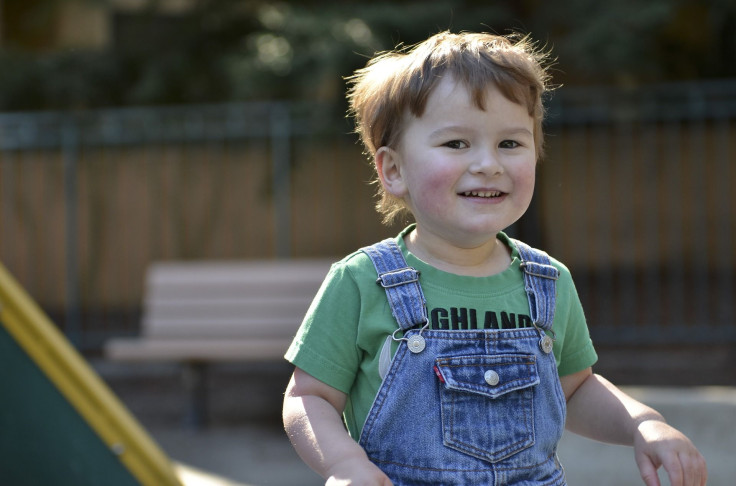
KEY POINTS
- A common sign of autism is a toddler not looking into people's eyes when interacting
- Some children may have wide vocabularies, while others may have limited knowledge of different words
- Early diagnosis is essential since most treatments require children to start at an early age
Autism in toddlerhood is a complex condition that can present itself in many different ways. According to the Centers for Disease Control and Prevention (CDC), one in 36 children has been diagnosed with autism spectrum disorder (ASD). Below are 15 symptoms that might signal the presence of autism in toddlers. However, it is important to work closely with a doctor to determine if a child has autism and what treatment plans are available. Early intervention is key since some of the most effective treatments require starting at an early age.
1.
Avoiding Eye Contact

A toddler may not look directly into people's eyes when speaking or playing with them, which indicates a lack of engagement in social communication and interaction. Meanwhile, some may make eye contact initially and later look at something else they find interesting. This is due to the dorsal parietal cortex, a part of the brain, showing less activity when someone with autism spectrum disorder makes eye-to-eye contact, according to Joy Hirsch, Ph.D., a scientist from the Yale University School of Medicine.
2.
Difficulty Understanding And Using Language

A toddler may have difficulty understanding words, sentences, and gestures. Additionally, toddlers may struggle with verbalizing their thoughts and ideas through speaking or writing. They may not use words to communicate their needs. Some tend to have very limited speech even at 36 months old.
It depends on their intellectual and social development. Others may have a wide knowledge of different vocabularies and the ability to talk intellectually about various subjects.
3.
Unusual Body Language

Repetitive hand movements, such as flapping or waving arms and hands, could be a sign of autism in toddlers. Spinning objects or rocking back and forth is also common among toddlers with autism.
They may express few or no gestures by 12 months. A lack of pointing and gesturing indicates a lack of engagement in social communication and interaction, which can be an early sign of autism.
4.
Having Limited Interests

A toddler with autism often sticks to a few activities and becomes obsessively focused on them. They may also not show interest in playing with toys or other children. Toddlers with limited interests are often knowledgeable about the topics they enjoy.
Children who have minimal interests tend to bore others while in conversation. They mostly change the discussion to bring up subjects they find interesting.
5.
Uncommon Reactions To Sensory Input
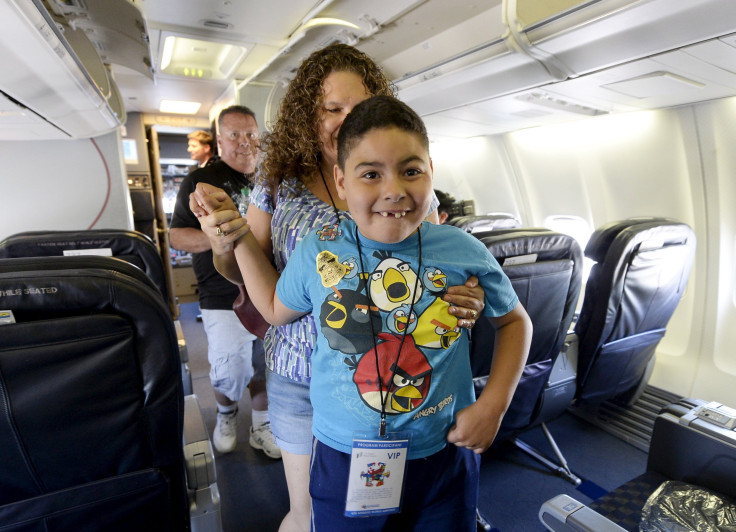
Toddlers with autism may show an unusual response to sensory input, such as loud noises and bright lights. They may also seem overly sensitive or under-responsive to sensations like touch, smell, taste and textures.
Above the known five senses, which are taste, touch, hearing, sight, and smell, a person on the autism spectrum may over-react or under-react to the two additional senses — the vestibular and proprioceptive senses, which impact balance, spatial orientation, motor skills and body awareness.
6.
Failure To Respond To Name

If a child does not hear and respond to their name at 9 months, it might be a sign of autism, it might be a sign of autism. It can also indicate receptive language skills issues or might be due to the child focusing so much on a particular type of activity, making them distracted and not hearing their name.
Some children might show a delay in responding to their name even after they've heard it multiple times. Commonly, referral to audiology is a must to properly identify why the child is not responding to their name.
7.
Poor Imitation Skills

They may need help with mimicry and copying movements, facial expressions and other social cues. They may also be unable to follow instructions or copy simple activities that others do. Children with autism often have great difficulty with imitation.
One way to teach them imitation is to show them actions, leading them to copy them slowly. A reward for every successful attempt might be helpful; it could be food, a toy, or anything they prefer. This approach is used in behavioral therapy.
8.
Does Not Show Facial Expressions

A lack of facial expressions, such as smiling or laughing, could indicate an issue with social communication and interaction skills, and this is associated with autism.
Being able to read someone's facial expression is essential for an individual to participate in a good interpersonal relationship. If one cannot read someone's facial expression, it could lead to miscommunication or misunderstanding.
9.
Does Not Play Simple Interactive Games
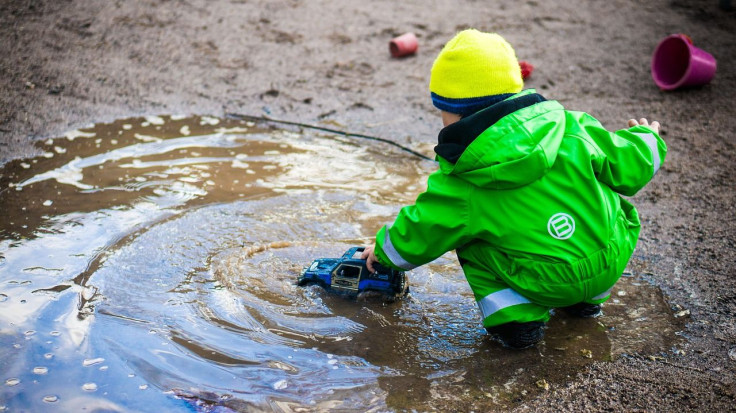
If a child does not initiate or respond to simple interactive games, such as pat-a-cake, by the age of 12 months, it could be a sign of autism. Children with autism often engage in more different types of games instead of playing the typical childhood games.
They may also prefer playing alone instead of being with others. Children with autism may also engage in activities with no apparent purpose. For example, completing the same puzzle the same way all over again.
10.
Keeping Away From Cuddling And Physical Contact

Toddlers with autism often avoid being held or touched, indicating a lack of comfort with physical contact and an issue with interaction skills.
Touch is among the essential components of social interactions for many. According to research, difficulty in making physical contact for children with autism was not due to touch sensitivity but the courses of action social touch would disrupt. Social touch is avoided due to its social nature.
11.
Trouble In Transitioning From One Activity To Another

A toddler with autism may have difficulty transitioning from one activity to another, which can indicate an issue with organization and communication skills.
Some reasons for the challenge in transition include the need for predictability, lack of understanding of the next activity and feeling upset about changing from a preferred activity to a non-interesting one.
12.
Not Doing Pretend Play
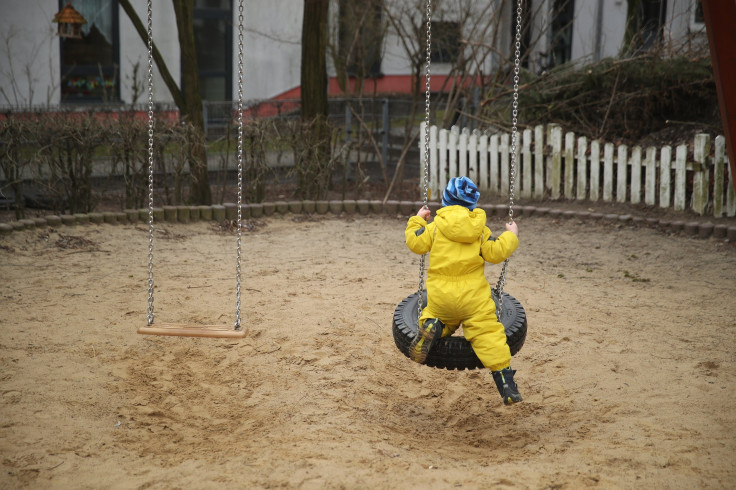
Due to the challenges they experience in showing joint attention skills, children with autism might find it difficult to engage in pretend play — difficulty producing new ideas or self-thought actions.
Still, this does not entirely mean that they cannot engage in pretend play.
13.
Getting Upset When Instructed To Do Something
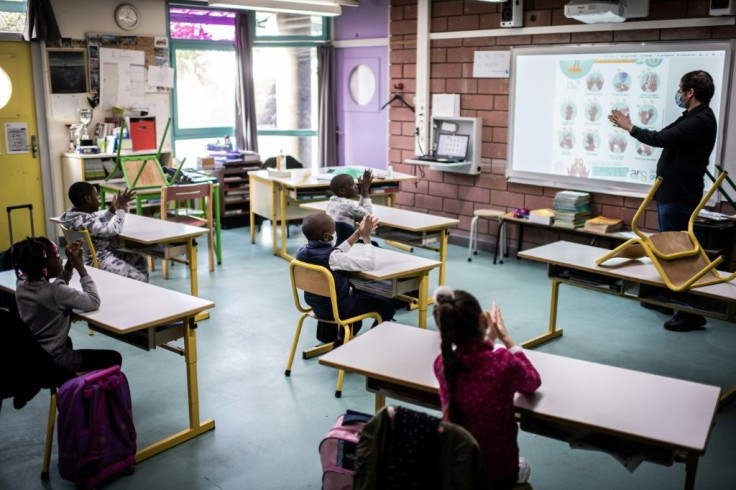
Younger children with autism often find it hard to understand instructions, even if others find it simple. This makes it harder for them to cooperate or be involved in specific tasks.
They tend to need a little more time to process what they are asked to do. Also, some may feel overwhelmed if instructed to do too many things at once.
14.
Taking Things Literally

Due to having problems with verbal and non-verbal communication, some may lack the understanding to digest what's being said to them. As a result, they might process the information differently from how it is meant to be. For example, instead of taking phrases figuratively, like "break a leg," children with autism might take them on a literal note.
15.
Finding It Tough To Say How They Feel

They might need support to recognize and manage their feelings and emotions. One can help children with autism to understand emotions by carefully explaining how their thoughts lead to feelings. Some may also need assistance in learning how to calm down strong emotions.
© Copyright IBTimes 2025. All rights reserved.





















